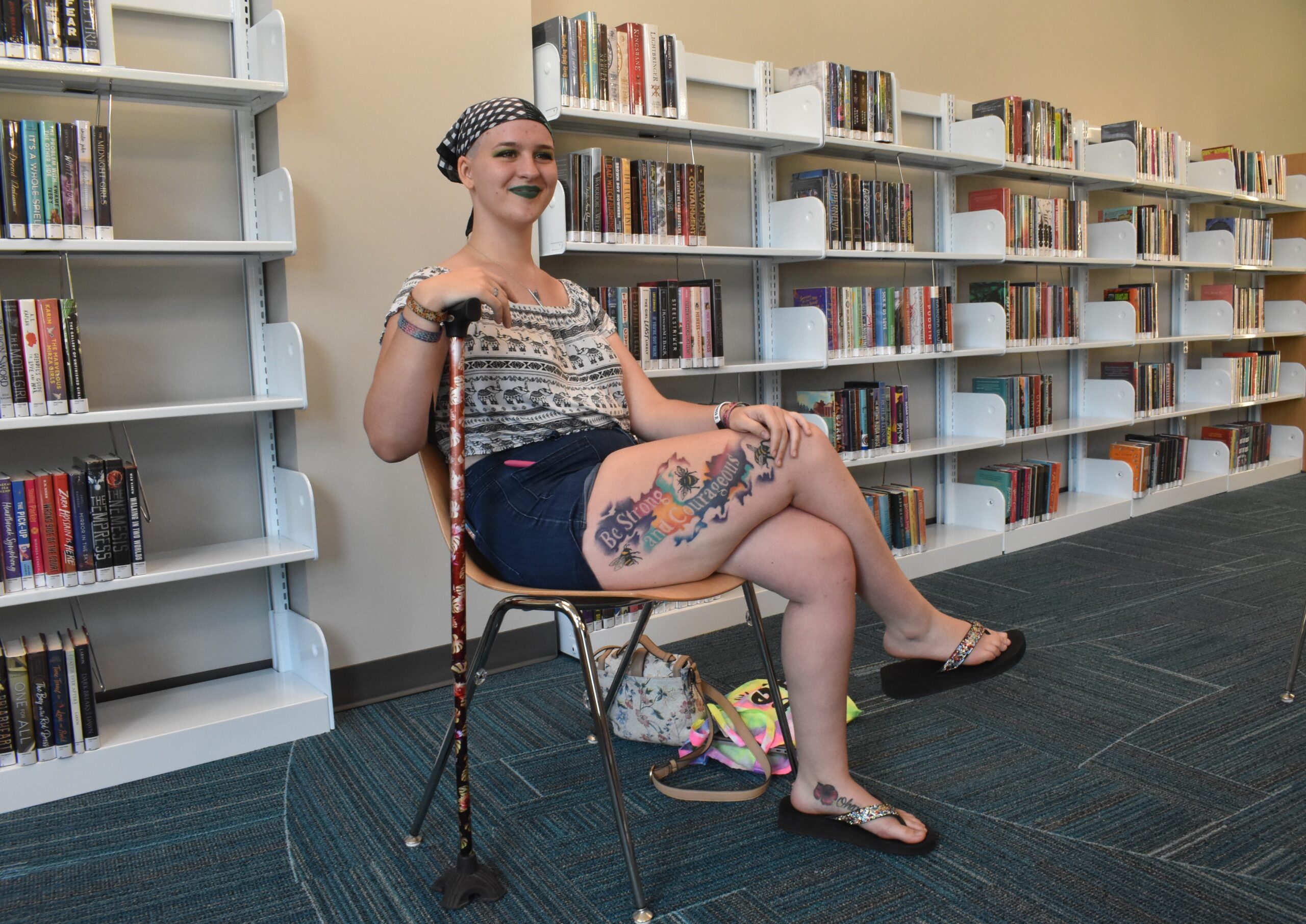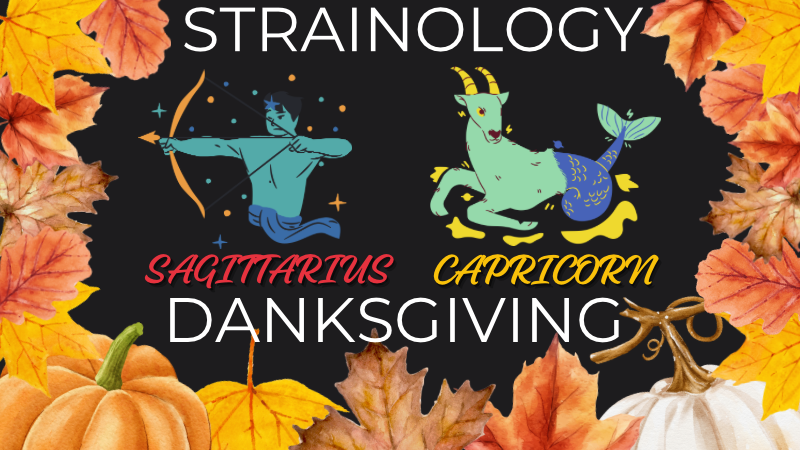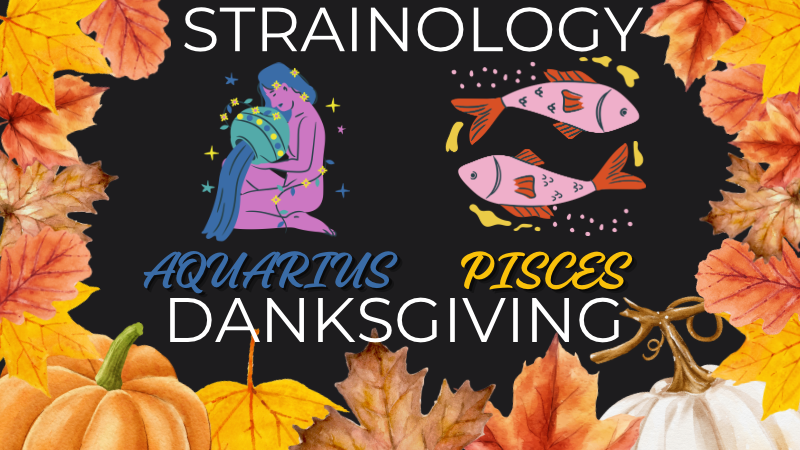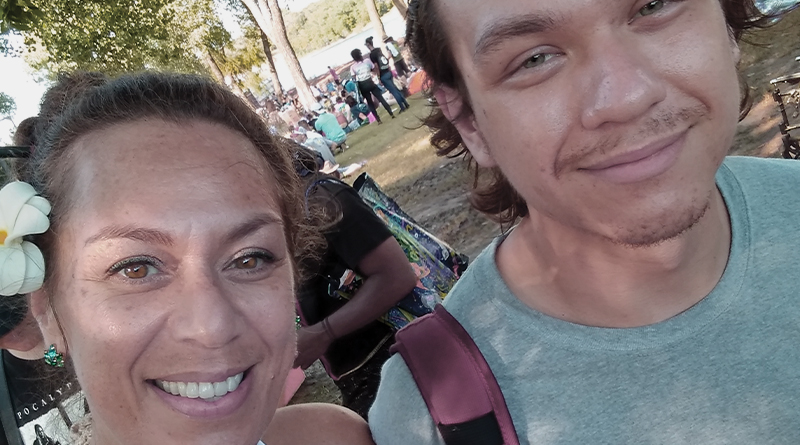By Michael Kinney
When I met Zena Myers for the first time, things were not going well for her. In the Blanchard (Ok.) native’s own words, she was having a “bad day.”
On that June afternoon, Myers had just visited her doctor in Oklahoma City, and she had been in pain since she woke up that morning. When she spoke, the words came out slow and deliberate, but the pain speaking caused was obvious.
For Myers, her bad days are common. Unfortunately for her, her good days are not significantly better.
“When you’re as young as I am, people believe that if they see me that I’m healthy and able-bodied. But then I bring my cane out of the car and they completely change their perception of me,” Myers said. “Starting off the day was not easy. I started with both of my knees, hip not fully in place and dislocated,” Myers said. “Because at my age, you’re not supposed to have disabilities. You’re not supposed to be ill. You’re supposed to be at the top of your life and be doing the best you can, and this is probably the worst time of my life.”
Myers suffers from Ehlers-Danlos Syndrome, which is a group of inherited disorders that affect a person’s connective tissues. People who have Ehlers-Danlos syndrome usually have overly flexible joints and stretchy, fragile skin, according to the Mayo Clinic.
“It can cause a lot of issues within the body since it’s affected by a malformation of collagen and the collagen affects the connective tissues and the connective tissues are all throughout the body,” Myers said. “It can affect the heart, the lungs, the skin, the muscles, the eyes, the hair, the nails, everything.”
Myers says there are 13 different types of Ehlers-Danlos, which can affect people in a variety of ways. Myers has the type called hypermobile or type 3. It’s considered the most common and the least severe form.
However, that is very little consolation for Myers, who has to deal with its effects daily.
“I used to do theater dance. I was in college taking 18 hours every semester. I was in productions in rehearsals. I was doing video production for my college. All of that stopped overnight pretty much because my health flared up so aggressively that I went from doing all of those things to pretty much being bed bound because it hurts too much to sit upright. I pass out daily from pain because my pain levels are just out of control. I have days where I wake up and things are dislocated, and I can’t go about my day until I relocate things.”
Myers, who has a large tattoo on her leg that reads ‘Be Strong and Courageous,’ was officially diagnosed with Ehlers-Danlos Syndrome in 2021. Up until then, she had no name for what was causing her problems and neither did her doctors.
“We’ve known that this has been something in our family for at least four generations,” Myers said. “It’s something that I’ve seen symptoms within myself from the age of 14. It takes on average about 10 to 20 years to get diagnosed. It’s taken my mom her entire lifetime. I’ve been the first one in our family to know what’s going on. I knew before my mom, I knew before my grandmother who has passed on. It runs on both sides of her family. We just thought that we had bad joints. Now we know there’s a name for this.”
According to the Mayo Clinic, those who have hypermobility Ehlers-Danos Syndrome have a 50 percent of passing the gene down to each of their children. Myers said her grandmother died from complications due to the disease, but she was never diagnosed.
a 50 percent of passing the gene down to each of their children. Myers said her grandmother died from complications due to the disease, but she was never diagnosed.
What upsets Myers is that many times when she or her mother would tell doctors about the pain they were in, they were often told it was just in their heads.
“Knowing that I could have been diagnosed and gotten help eight years sooner is so frustrating. And I want to save someone else that heartache because it’s so hard knowing there’s something wrong with you and not being believed,” Myers said. “That’s one of the hardest parts of our condition is that we’re not believed when we say we hurt so badly. We’re not believed when we say my bones are moving around and I can feel it in my body and I can feel my ribs moving. And I’m told that’s impossible, but I feel it in my body. And I know I’m not crazy because I can feel that same feeling multiple times and I can pinpoint where it is and how it’s moving. And I don’t think that’s just in my head, right? It’s a real condition. It’s been hard because so often you deal with medical gas lighting.”
Despite having a name attached to her condition, there is not a lot the medical profession can do to alleviate her symptoms.
“I’ve tried 10 different medications. I’ve tried steroidal, spinal injections, and none of them have helped,” Myers said. “None of them have made my pain any better. None of them have taken away any of the inflammation. None of them have controlled the aggressive spasms that I have throughout my body. They don’t know what to do with me. I’m a medical mystery.”
While resuming her dance career is not an option, Myers is hoping she will be able to enroll back in college and complete her degree. She dropped out one year shy of graduating.
“My school was only 30 minutes away from my house and I couldn’t sit upright long enough to get myself to my classes much less, sit upright and attend them and retain the information,” Myers said. “I had to take my summer classes from my bed because I hurt too bad to sit upright and to do my schooling. My joint instability was so bad in my legs that I couldn’t even think about doing dance or theater because walking was so unstable. I can’t walk 20 feet without stability. If five, 10 years down the road, I have that stability back, I would feel so blessed.”
Myers created a GoFundMe page (gofund.me/9534b8d5) and a Facebook page (Zena EDS Warrior) to raise money to purchase a service dog to help her move around and resume parts of her life, including returning to school to get her degree.
“I would love to have a service dog. My goal is under two years, but that’s a $20 to $30,000 investment,” Myers said. “But they’d be able to help me with mobility-aid. I faint because of my pain.
They would be able to brace me when I walk and when my knees give out for me, they could catch me and press against me and provide that stability that my legs don’t always have. And a service dog would be able to be trained to help with that. And they would be able to call family or emergency services if need be.”
Currently, there is no cure for Ehlers-Danlos syndrome.
The only relief Myers finds is through the use of medical cannabis. She got her card more than a year ago to help deal with her PTSD and found it can help minimize some of the pain she endures daily.
“Medical cannabis has been the only thing I’ve found that has helped. It’s been an absolute game changer for me,” Myers said. “It’s been the only thing that’s helped.”
Myers researched terpenes and other oils and found they have helped her the most. That includes CBG and CBC.
“I’ve found that through topicals, edibles, smoking, it’s made it to where I can actually live my life somewhat,” Myers said. “I can tell when I’m not medicated enough. I can feel it in my body. I can feel when my body’s using the cannabis in my system, I can feel when I’ve used up all of the cannabis that I had in my system.”
Ehlers-Danlos has completely transformed Myer’s life. The former theatre arts major once had dreams of dancing on Broadway. Now she wants to just raise awareness about the disease and help people understand its effects.
Cannabis is the only thing that makes that possible.
“I’d love to see more research with cannabis because I know personally that it has been life-changing. It’s been what has kept me able to do things,” Myers said. “It’s been the difference between friends, between staying home and being in pain and not being able to do things that I love and being able to go out and meet people, make connections, have a social life and do the things that normal people take for granted every day.”




